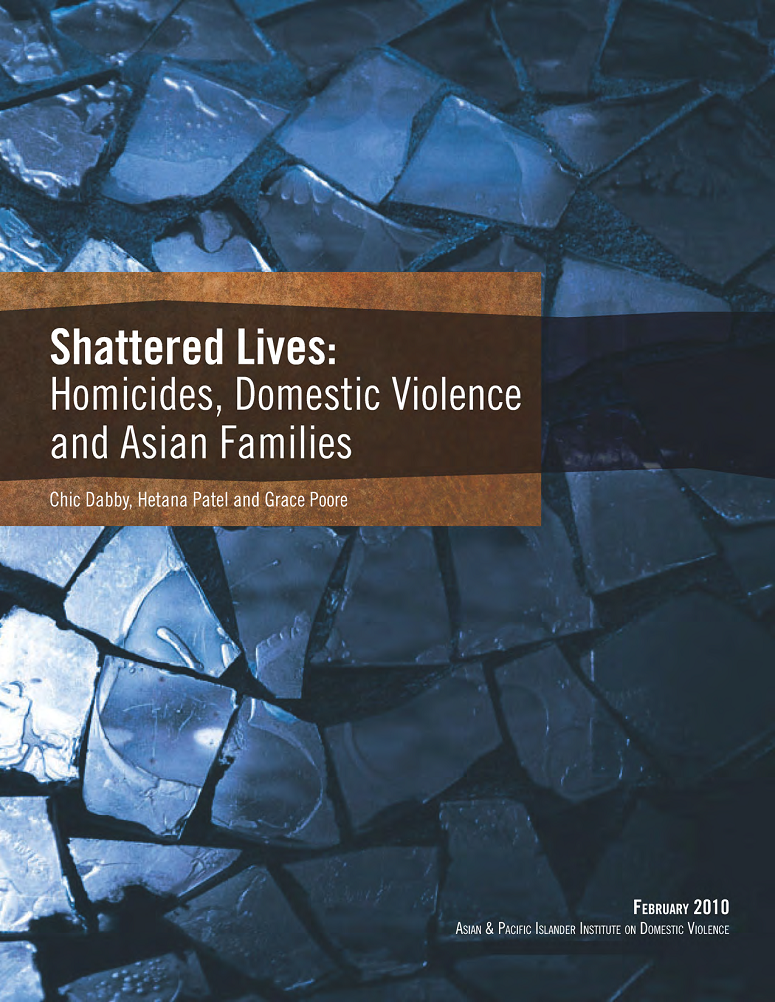Who gets killed?
The answer to this question is crucial to understanding the struggles of battered women to survive their abusive relationships and to protect the safety of their children, family and friends.
Who did the killing?
This is also a critical question because it reminds us who is responsible for these deaths; bringing into sharp focus the relationships that batterers hijack for the final time when they transition from abusers to killers.
The first national study of its kind, this report analyzes clippings from newspapers and advocates for a 6 year period, 2000-2005.
Related Resources
Building Prevention Together: Lessons From Advocates on Ending DV/SA in AANHPI and MENA Communities
A key question sits at the heart of this work: What does it mean to stop violence before it starts? The broader anti-violence field has invested in prevention for many years, yet there has been far less attention to how advocates who serve AANHPI and MENA communities...
2025 Needs Assessment Report
This report explores and contextualizes the results from API-GBV's 2025 needs assessment on AANHPI-serving GBV community organizations. The findings support a sustained need for culturally responsive programming and research; specialized training opportunities for...
AANHPI Elder Safety and Wellness Case Studies
In partnership with the National Health Resource Center on DV, Futures Without Violence, API-GBV released this set of five case scenarios. Each case scenario includes reflection questions and discussion points on how to support an elder and their family, and they...
API-GBV Applauds the Revisions to Collecting Federal Data on Race and Ethnicity Statistical Policy Directive No. 15: Standards for Maintaining, Collecting, and Presenting Federal Data on Race and Ethnicity
April 1, 2024 Oakland, CA-- The Asian Pacific Institute on Gender-Based Violence (API-GBV) applauds the Biden Administration's announcement of revisions to Statistical Policy Directive No. 15 (SPD 15): Standards for Maintaining, Collecting, and Presenting Federal Data...

by Chic Dabby, Hetana Patel and Grace Poore
API-GBV
February 2010
